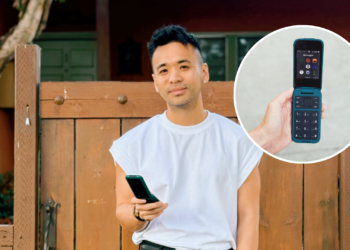My first episode is in 2012. I’m in the first semester of my freshman year. My schedule consists of classes, playing catch up to lengthy reading assignments, trying to socialize, getting used to a new city, and falling into a deep sleep the minute my head hits the pillow.
On such typical nights, I’d rarely wake till morning. But “typical” went out the window the night I woke up, hearing the sound of bloodcurdling screams.
Lying on my stomach, my face half-pressed into a pillow, my body went on high alert. “Get up! Run!” my instincts yelled, but my body refused to heed. So instead, I lay paralyzed. My eyes were the only part of me capable of movement and offered a narrow vision half-constricted by the pillow.
My gaze fixed on a dark corner of the room where a shadowy presence soon revealed itself. Then a second silhouette appeared. And then, a third. My breathing became erratic as I struggled to move, to do something. As the faceless shadows drew closer, the screams got louder… until I blacked out.
I woke in the morning drained and disturbed, with one thought in my mind: What kind of a dream was that? I’d had disturbing nightmares before, the kind that jolt you awake in a sweat, but I’d never experienced one so visually and physically distressing.
I couldn’t bring myself to speak to anyone about this, fearing it would be brushed aside as a simple nightmare or make me into the butt of a joke. I Googled “asleep can’t move bad dream” and learned a new term: sleep paralysis.
I skimmed through every medical blog that popped up on Google — WebMD, Mayo Clinic, Cleveland Clinic, Sleep Foundation, NHS, Healthline, etc. — and each outlined the what, how and why of the condition.
Sleep paralysis is a kind of parasomnia where the brain wakes before the body does. It happens when you wake up during your REM cycle. This is when you’re dreaming, and your body falls into temporary paralysis to keep you safe from physically acting out your dreams….
Read the full article here





